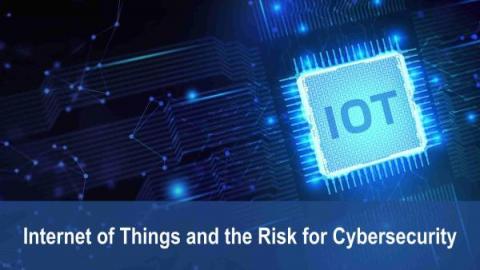AI-Based Planning? You Might Want To Double-Check That Data.
AI is awesome! It can do so much for us, much faster and broader than we can do ourselves. All of AI’s benefits are great, assuming the data is trustworthy. Sure, algorithms can detect and remove outliers, but what if your corrupt data does not reside in the outliers? You can only trust the data when you establish trust at the source of the data. How often have we been conversing with a friend who is relaying information from their friend?










